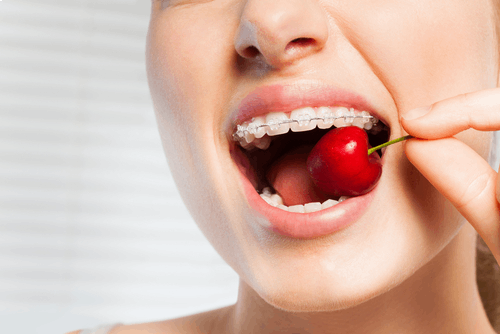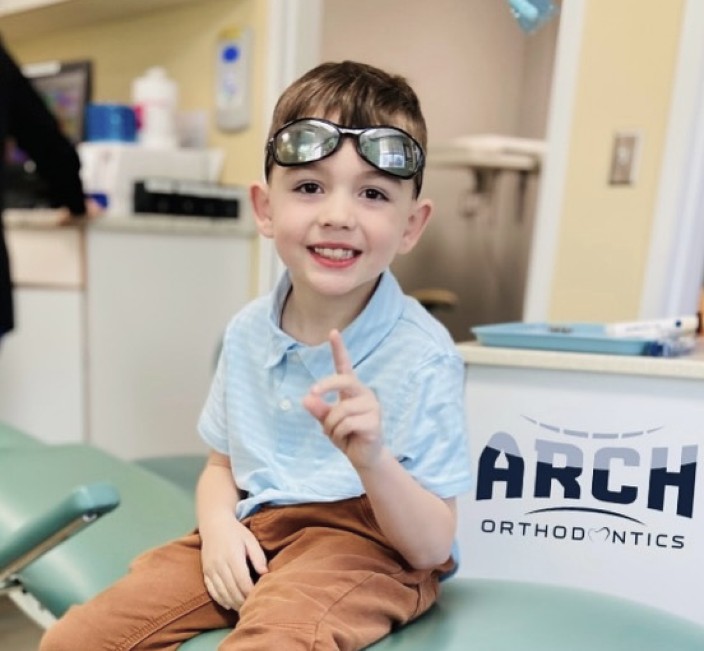Is your smile getting a little too stiff? Maybe your steak is starting to seem more painful than appetizing?
If it’s any consolation, you’re not alone. Temporomandibular disorder (TMD) is the second most common musculoskeletal pain. About 33% of the population has experienced symptoms of TMD.
So, what is TMD? And how can you get back to enjoying your perfectly done dinner? Then let’s get into everything you need to know about TMD and how you can treat it!
What Is TMJ?
TMJ stands for temporomandibular joint, which you have two of. Your temporomandibular joints are on both sides of your face, just in front of your ears. They connect your lower jaw to your skull, acting like a sliding hinge between your mandible (lower jaw) and temporal bone.
Allowing vertical and horizontal movement for chewing and talking, the TMJs are among the most complex and frequently used joints in the human body. So understandably, they’re subject to quite a bit of wear and tear. In the US alone, it’s estimated that as many as 12 million adults have TMJ pain.
What Is TMD?
Temporomandibular disorder or dysfunction (TMD) is also known as temporomandibular joint disorder (TMJD). Health problems in your jaw and the muscles near it are sometimes confusingly referred to as TMJ. Hence, the terms TMD and TMJD provide the necessary distinction between the disorders and the joint itself.
The conditions of TMD fall into three categories:
1. Myofascial Pain
This is the most common type of TMD. Myofascial pain involves pain or discomfort in the muscles controlling jaw function. This includes masticatory (chewing) muscles and even muscles involved with the neck and shoulders.
2. Internal Derangement of the Joint
These are structural misalignments such as an injury to the condyle, displaced disc, or dislocated jaw. These could result from acute trauma from injuries or parafunctional habits like teeth grinding.
3. Degenerative Joint Disease
Degenerative or inflammatory joint disorders are closely associated with cartilage breakdown. This could be rheumatoid arthritis or osteoarthritis in the TMJ.
What Are the Causes of TMD?
Sometimes there are apparent causes like a blunt force to the face from an accident or a fist. It could also be a result of a recent dental procedure. In most cases, however, the exact cause isn’t as instant.
A possible cause is a constant damage from bruxism (teeth grinding or clenching), chewing hard food, or habits like opening bottles with your teeth. In addition, there’s the possibility of degenerative diseases like arthritis. And, of course, there are circumstantial jaw-straining practices like playing the violin.
The prevalence of TMD is also associated with your sex. TMD is two times more common in women than in men. The use of supplemental estrogen or oral contraceptives further increases the likelihood of seeking treatment for TMD.
What Are the Symptoms of TMD?
Of course, the pain will be your most obvious indicator. TMD pain and discomfort can be acute (temporary) or chronic (lasting over three months). Possible symptoms include:
- Pain, stiffness, or tenderness in your jaw area
- Direct pain from one or both of your TMJs
- Painful or difficult chewing
- Jaw locking
- Pain radiating to your neck and shoulders
- Aching in your ear area
- Ringing in your ears (tinnitus)
- Inflammation on the side of your face
- Headaches
- Painful or uncomfortable popping, clicking, or grating sounds with jaw movement
Do note that occasional popping and clicking sounds from the jaw can be normal. Unless it causes pain or limited movement, you don’t have to run to your doctor.
Personal Remedies for TMD Pain
In many cases, home remedies and small lifestyle changes are enough to get you through a bout of TMD pain. The following methods can help relieve the pain and treat mild cases of TMD:
- Take over-the-counter painkillers or anti-inflammatory medication
- Use a hot or cold compress
- Switch to a soft-food diet
- Avoid hard or chewy food
- Stay away from activities that put stress on your jaw
- Practice proper jaw exercises (too much strain beats the purpose of the point above)
- Try resting and relaxation techniques
- Examine the cause and prevent additional damage
As mentioned, a possible cause of TMD is bruxism. People with bruxism can grind and clench their teeth even in sleep (sleep bruxism).
And sleep isn’t exactly an activity you can avoid. You can solve this by asking for a custom mouth guard from your orthodontist. Not only does it prevent and relieve TMD, but a custom mouth guard can also help you sleep better.
Professional Treatment for Temporomandibular Disorders
If possible, healthcare providers will always go for conservative treatment options. When those remedies don’t work, they can turn to minimally invasive therapy and injections. These include:
- Transcutaneous Electrical Nerve Stimulation (TENS)
- Radio wave therapy
- Low-level laser therapy
- Ultrasound
- Trigger-point injections
- Botulinum toxin (Botox®) injections
Due to risks and permanence, open surgery is only reserved for extreme cases. This will require second or third opinions from other healthcare providers. These are the three types of TMD surgery currently available:
- Arthrocentesis
- Arthroscopy
- Open-joint surgery
Another treatment option is getting corrective dental work. Dental problems like malocclusions or missing teeth may be causing or contributing to your TMD. Choose the best orthodontist to set you on the track toward pain-free TMJs.
When Should You Seek Professional Help?
When the home remedies no longer cut it. Whether the pain is getting too much, lasting too long, or both. If the pain starts disrupting your normal daily functions, it’s time to get in touch with your doctor, dentist, or TMJ specialist.
Before treatment can even begin, diagnosis is necessary to identify what type of TMD you have. Professionals can do this through observation paired with in-depth x-rays and scans. This way, they can identify the extent of damage and determine the best treatment.
From this guide alone, you know there’s a wealth of information on the internet. However, self-diagnosing without professional confirmation is never a good idea.
Get Professional Help From a Team Who Cares
If you got this far, you’ve surely settled your “what is TMD?” question. Now, you can work on getting back to enjoying your dinner. Follow our guide, and soon enough, you can have your steak and eat it too.
Looking for professional help today? With nine office locations to choose from, get in touch with an ARCH Orthodontics near you!



